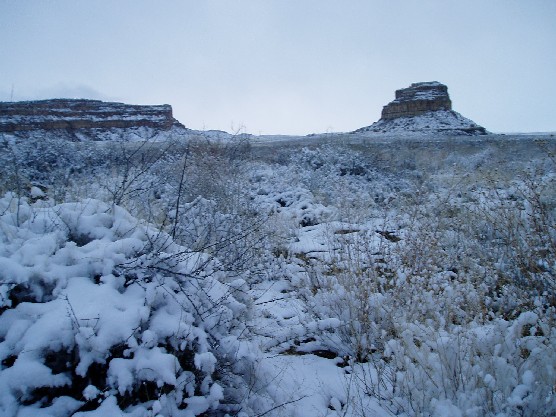
Contained in the N.W. corner of New Mexico is located a lengthy, shallow canyon called Chaco Canyon National Park. To access Chaco Culture National Historic Monument, you will need to travel rutted, washed out routes which are not very well managed. If you happen to have a chance to go to Chaco Canyon to catch a glimpse of some old Chaocan ruins, keep in mind the Ancestral Puebloans were the early Native Americans, and their sacred areas are worthy of our respect and wonder. Countless centuries of constant disintegration indicates this really is an old territory, to which the fossilized remains and eroded rock testify. The height is 6,200 ft., classifying it as high desert wilderness, and possesses sweltering summers and nasty, windy winter months. Nomadic people previously settled Chaco Canyon in somewhere around two-thousand nine hundred BC, when the weather could have been a bit more enticing.
Up until eight-fifty AD, the Archaic Anasazi dwelled in underground covered pit houses, then suddenly set about producing monumental stone monuments. When you find your way to Chaco Canyon National Historic Park, you'll notice the rubble of these particular Great Houses. These monuments were definitely jaw-dropping achievements of design and construction. Ceremonial spaces called Kivas and Great Kivas were observably featured in Great Houses. For more or less three hundred, Chaco Culture National Monument endured as a societal meeting place, until instances and predicaments led the inhabitants to migrate. Chances are a a combination of cultural issues, conditions, and or evolving rainfall levels triggered the people deserting the Chaco Region. The rich heritage of the American South-west came to a head between 950 A.D. to 1150 AD in the challenging wasteland of Northwest New Mexico.
To learn significantly more in regards to this captivating site, you can get started by browsing this helpful article regarding the period.